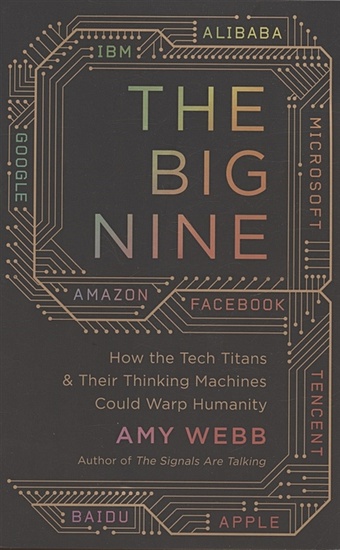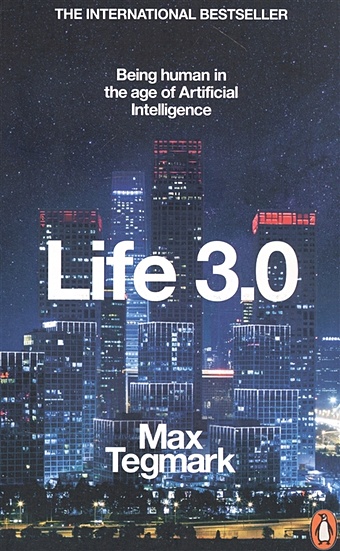ChatGPT: The AI tool that’s leveling the playing field for non-native speakers
[ad_1]
ChatGPT: The AI tool that’s leveling the playing field for non-native speakers
As the world becomes more connected, it’s increasingly important for non-native speakers to have a tool that can help them communicate more effectively. Enter ChatGPT, an AI-powered chatbot that’s changing the game for anyone who’s struggling with language barriers.
In this article, we’ll take a closer look at what ChatGPT is, how it works, and why it’s so effective. We’ll also answer some common questions that people have about the tool, so that you can understand exactly how ChatGPT can help you.
What is ChatGPT?
ChatGPT is an AI-powered chatbot that uses natural language processing and machine learning algorithms to understand and respond to human language. It’s designed to help non-native speakers communicate more effectively, by providing them with a chat interface that can understand their words and respond in a way that makes sense.
The chatbot was developed by OpenAI, an artificial intelligence research laboratory consisting of the forerunners and the smartest AI minds in the world. ChatGPT uses an artificial neural network – specifically, the GPT model – to generate responses to users’ queries. This is why ChatGPT is able to understand a wide range of language, including idiomatic phrases and colloquial expressions.
How does ChatGPT work?
ChatGPT is a chatbot, which means that it’s primarily designed to communicate with users through a chat interface. The user types a message into the chatbot, and the chatbot generates a response based on the user’s query.
The way that ChatGPT generates responses is by using an artificial neural network. This network is trained on a large dataset of text, which allows it to learn patterns and generate responses that are similar to human responses. Essentially, the network is able to “understand” the user’s query by analyzing the words and phrases used in the message, and generate a response that appears to understand the user’s intent.
Because ChatGPT is powered by AI and natural language processing, it’s able to understand a wide range of language, including idiomatic phrases and colloquial expressions. This makes it a powerful tool for non-native speakers who are trying to communicate in a language that they’re not completely comfortable with.
How can ChatGPT help non-native speakers?
ChatGPT can help non-native speakers in several ways. Here are just a few:
1. Translation: ChatGPT can translate text from one language to another. This means that non-native speakers can communicate with people who speak a different language, without having to worry about misunderstandings or misinterpretations.
2. Understanding: ChatGPT can help non-native speakers understand what other people are saying. Because the chatbot is able to understand idiomatic phrases and colloquial expressions, it can help non-native speakers “decode” what someone else is trying to say.
3. Correction: ChatGPT can correct non-native speakers’ grammar and spelling. This is especially helpful for people who are learning a new language, as it allows them to get immediate feedback on their written language skills.
4. Confidence: ChatGPT can give non-native speakers confidence in their ability to communicate. By providing them with a tool that can help them communicate more effectively, ChatGPT can help non-native speakers feel more confident in their ability to navigate language barriers.
What are the benefits of using ChatGPT?
ChatGPT provides several benefits for non-native speakers, including:
1. Accuracy: ChatGPT is able to understand and generate responses with a high degree of accuracy. This means that non-native speakers can trust that they’re getting a reliable translation or interpretation of what someone else is saying.
2. Efficiency: ChatGPT allows non-native speakers to communicate more efficiently. Because the chatbot is able to understand and generate responses quickly, non-native speakers can have real-time conversations with people in another language, without having to wait for a human translator or interpreter.
3. Accessibility: ChatGPT is accessible to anyone with an internet connection, making it a valuable tool for people who may not have access to traditional translation or interpretation services.
4. Convenience: ChatGPT is available 24/7, which means that non-native speakers can use it whenever they need to. This makes it a convenient tool for people who may be communicating with people in other time zones, or who need to communicate outside of regular business hours.
5. Cost-effectiveness: ChatGPT is a cost-effective solution for non-native speakers who need to communicate in another language. Because the chatbot is free to use, non-native speakers can save money on translation and interpretation services.
Some Common FAQs:
Q1. How accurate is ChatGPT?
A: ChatGPT is able to generate responses with a high degree of accuracy. The chatbot uses natural language processing and machine learning algorithms to understand and respond to human language, which allows it to understand idiomatic phrases and colloquial expressions. However, like any AI tool, ChatGPT is not perfect and there may be occasions where the chatbot generates an incorrect response.
Q2. Which languages does ChatGPT support?
A: Currently, ChatGPT supports a wide range of languages including English, Spanish, French etc. The developers of ChatGPT are continually working on expanding the number of languages that the chatbot is able to support.
Q3. Can ChatGPT help me learn a new language?
A: While ChatGPT is not specifically designed to help people learn a new language, the chatbot can correct non-native speakers’ grammar and spelling, which can help them improve their written language skills.
Q4. Is ChatGPT safe to use?
A: Yes, ChatGPT is safe to use. The chatbot does not collect any personal information from users, and all conversations are kept confidential.
Q5. Do I need to download any software to use ChatGPT?
A: No, you do not need to download any software to use ChatGPT. The chatbot is accessible through a web browser, so all you need is an internet connection.
Conclusion:
ChatGPT is an AI-powered chatbot that’s changing the game for non-native speakers who are struggling with language barriers. By providing a chat interface that can understand and respond to human language, ChatGPT is leveling the playing field for non-native speakers, allowing them to communicate more effectively and confidently.
Whether you’re trying to translate text from one language to another, understand what someone else is saying, or simply improve your written language skills, ChatGPT is a powerful tool that can help you achieve your goals. So why not give it a try? The next time you find yourself struggling with a language barrier, you might be surprised at how much ChatGPT can help you.
[ad_2]






